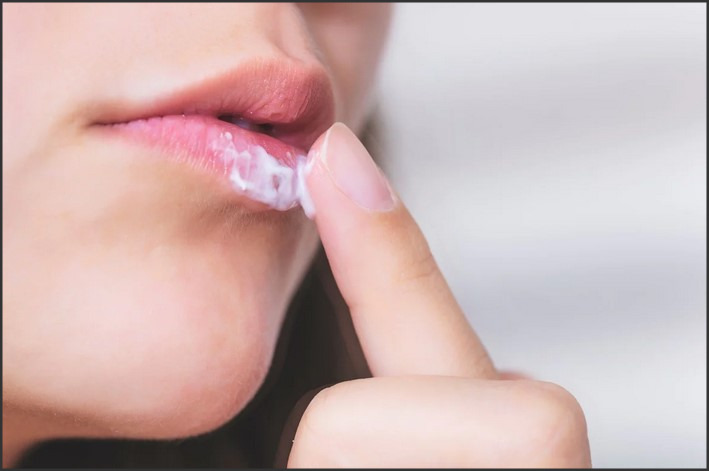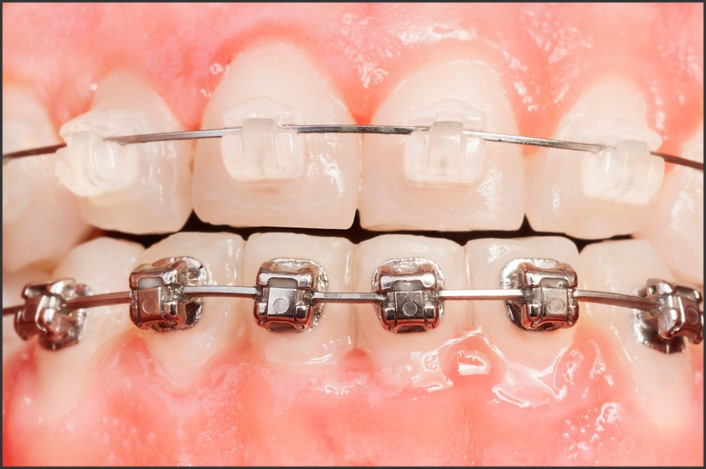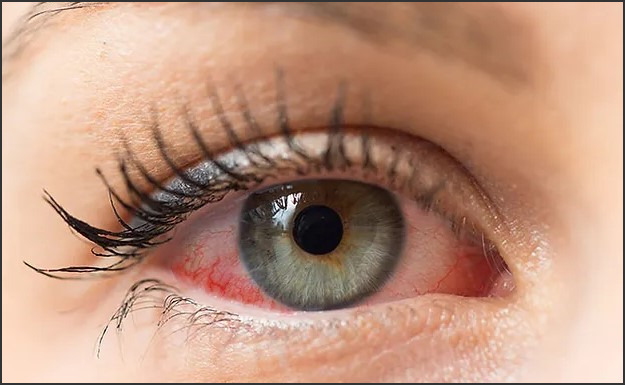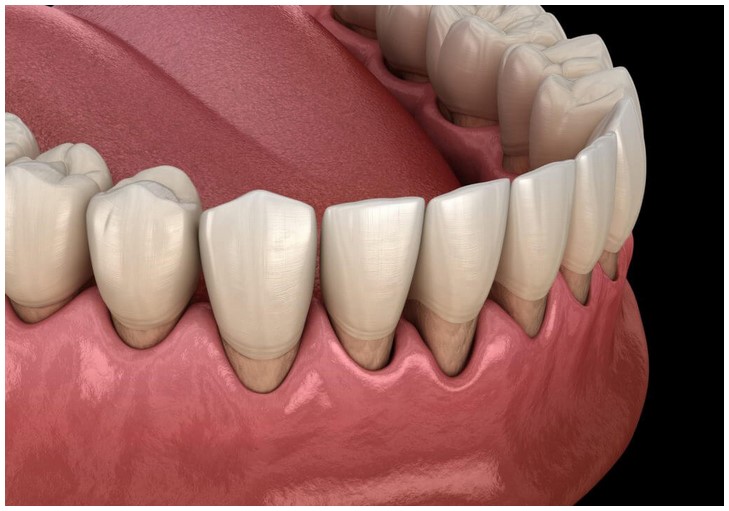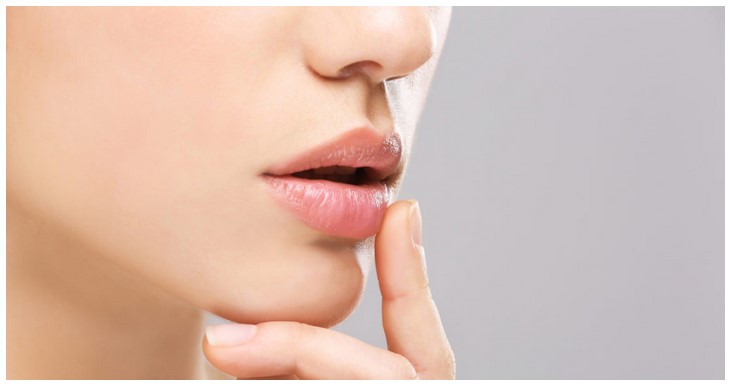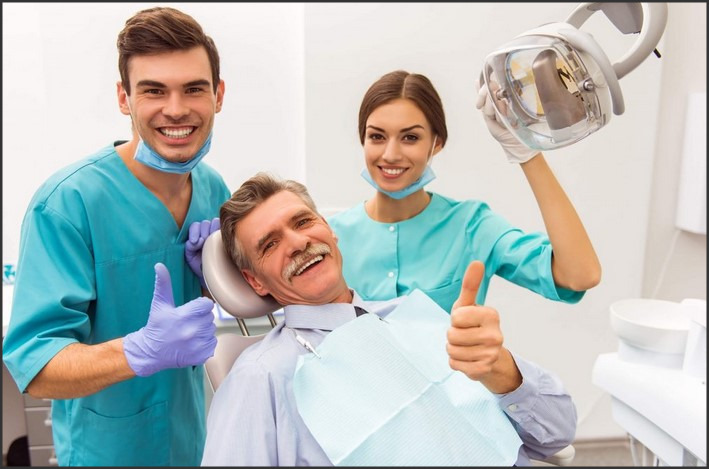
Antibiotics are a type of medication used to treat gum infections. They are used to kill bacteria that cause gum disease, such as gingivitis and periodontitis. Antibiotics can be taken orally or applied directly to the gums. They can also be used in combination with other treatments, such as scaling and root planing, to help reduce inflammation and promote healing. Antibiotics are an important part of maintaining good oral health and preventing gum disease.
How Antibiotics Can Help Treat Gum Infection
Antibiotics are a powerful tool in the treatment of gum infection, also known as periodontal disease. This type of infection is caused by bacteria that accumulate in the pockets between the teeth and gums, leading to inflammation and destruction of the surrounding tissue. Left untreated, gum infection can lead to tooth loss and other serious health complications.
Antibiotics are used to treat gum infection by killing the bacteria that cause it. Depending on the severity of the infection, antibiotics may be taken orally or applied directly to the affected area. Oral antibiotics are typically prescribed for more severe cases, while topical antibiotics are used for milder cases.
In addition to killing the bacteria that cause gum infection, antibiotics can also reduce inflammation and help the body heal. This is especially important in cases of severe infection, as the inflammation can cause further damage to the surrounding tissue.
In some cases, antibiotics may be used in combination with other treatments, such as scaling and root planing. Scaling and root planing is a procedure that removes plaque and tartar from the teeth and gums, while root planing smoothes the root surfaces to prevent further infection.
Antibiotics are an effective treatment for gum infection, but they should only be used when necessary. Overuse of antibiotics can lead to antibiotic resistance, which can make it more difficult to treat infections in the future. It is important to follow your dentist’s instructions carefully when taking antibiotics for gum infection.
Understanding the Different Types of Antibiotics Used to Treat Gum Infection
Antibiotics are a common treatment for gum infection, also known as periodontal disease. There are several different types of antibiotics used to treat gum infection, each with its own set of benefits and drawbacks. Understanding the different types of antibiotics used to treat gum infection can help you make an informed decision about your treatment.
The most commonly prescribed antibiotics for gum infection are tetracyclines. These antibiotics are broad-spectrum, meaning they can treat a wide range of bacterial infections. Tetracyclines are usually taken orally, but they can also be applied topically to the affected area. Common side effects of tetracyclines include nausea, vomiting, and diarrhea.
Another type of antibiotic used to treat gum infection is penicillin. Penicillin is a narrow-spectrum antibiotic, meaning it is effective against a limited range of bacteria. Penicillin is usually taken orally, but it can also be applied topically to the affected area. Common side effects of penicillin include nausea, vomiting, and diarrhea.
Metronidazole is another type of antibiotic used to treat gum infection. This antibiotic is effective against anaerobic bacteria, which are bacteria that do not require oxygen to survive. Metronidazole is usually taken orally, but it can also be applied topically to the affected area. Common side effects of metronidazole include nausea, vomiting, and diarrhea.
Finally, clindamycin is another type of antibiotic used to treat gum infection. This antibiotic is effective against both aerobic and anaerobic bacteria. Clindamycin is usually taken orally, but it can also be applied topically to the affected area. Common side effects of clindamycin include nausea, vomiting, and diarrhea.
When choosing an antibiotic to treat gum infection, it is important to consider the type of bacteria causing the infection, as well as the potential side effects of the antibiotic. Your dentist or doctor can help you make an informed decision about which antibiotic is best for you.
Conclusion
In conclusion, antibiotics are an effective treatment for gum infection. They can help reduce inflammation, reduce pain, and prevent further infection. However, it is important to remember that antibiotics should only be used when necessary and should be taken as prescribed by a dentist or doctor. Additionally, good oral hygiene practices, such as brushing and flossing regularly, are essential for maintaining good gum health.
